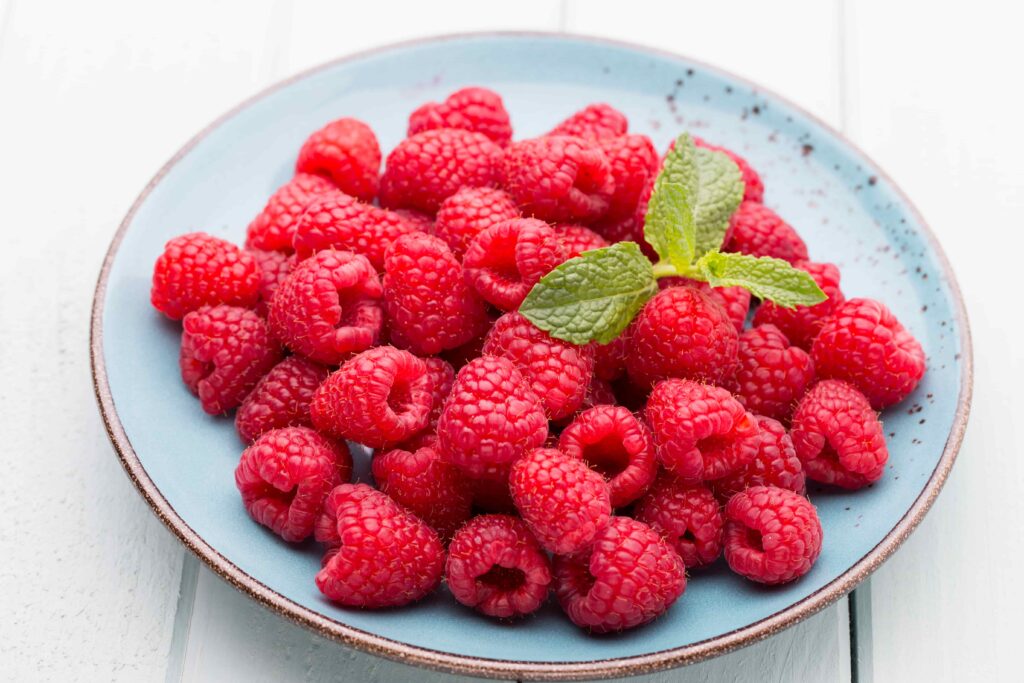Raspberries are not only delicious and nutritious but also a joy to grow in your own backyard. Whether you’re an experienced gardener or just starting out, planting raspberries can be a rewarding and fruitful endeavor. In this article, we’ll provide you with a comprehensive guide on how to plant raspberries and nurture them to thrive, ensuring a bountiful harvest of these delectable berries.
Choosing the Right Variety
Before you start vaarikate istutamine, it’s important to choose the right variety that suits your climate and growing conditions. There are two main types of raspberries: summer-bearing and ever-bearing. Summer-bearing raspberries produce fruit on biennial canes, while ever-bearing raspberries produce fruit on both biennial and primocane (first-year) canes. Consider factors such as your local climate, available space, and desired harvest season when selecting the variety that best fits your needs.

Selecting the Planting Location
Raspberries thrive in well-drained soil with a pH level between 5.6 and 6.2. Choose a planting location that receives full sun for at least six hours a day. Ensure that the soil is rich in organic matter and adequately drained to prevent waterlogging, which can cause root rot. Avoid planting raspberries in areas prone to strong winds, as it can damage the delicate canes.
Preparing the Soil
Prepare the soil before planting raspberries by removing weeds, rocks, and debris. Incorporate organic matter, such as compost or well-rotted manure, into the soil to improve its fertility and drainage. Test the soil pH and make any necessary adjustments to ensure it falls within the optimal range for raspberries. Aim for a loose and well-aerated soil structure to promote healthy root development.
Planting Raspberry Canes
Raspberry plants are typically purchased as dormant bare-root canes or potted plants. Dig a hole wide and deep enough to accommodate the roots of the cane. Place the cane in the hole, ensuring that the bud union (the swollen area where the cane was grafted onto the rootstock) is level with or slightly above the soil surface. Backfill the hole with soil, gently firming it around the roots. Space the canes according to the specific variety’s recommended spacing guidelines.
Watering and Mulching
After planting, water the raspberry canes thoroughly to settle the soil and provide moisture for root establishment. Maintain regular watering throughout the growing season, aiming to keep the soil evenly moist but not waterlogged. Applying a layer of organic mulch, such as straw or wood chips, around the base of the plants helps conserve moisture, suppress weeds, and regulate soil temperature.
Pruning and Training
Proper pruning and training are crucial for maintaining the health and productivity of raspberry plants. Summer-bearing raspberries should be pruned after harvest, removing the canes that have fruited and leaving the vigorous new canes for next year’s crop. Ever-bearing raspberries can be pruned differently, with the primocanes pruned back in late winter or early spring to encourage fruiting on the second-year canes. Use trellises or support systems to train the canes and prevent them from sprawling.
Fertilizing and Nutrient Management
Raspberries benefit from regular fertilization to ensure healthy growth and abundant fruit production. Apply a balanced, slow-release fertilizer in early spring before new growth appears. Supplement with additional nitrogen-rich fertilizer during the growing season to promote vigorous cane development. Monitor the soil’s nutrient levels through periodic soil testing and adjust the fertilizer application accordingly.
Pest and Disease Management
Raspberries are susceptible to certain pests and diseases, including aphids, raspberry fruitworms, spider mites, and fungal infections like powdery mildew and cane blight. Implement preventive measures such as regular inspection, proper sanitation, and practicing good garden hygiene to minimize the risk of infestation or disease spread. Consider using organic pest control methods or consult with local gardening experts for appropriate treatments if needed.
Harvesting and Enjoying the Fruits
Raspberries are typically ready for harvest when they turn fully ripe and easily detach from the plant with a gentle tug. Depending on the variety, you may have multiple harvest periods throughout the growing season. Pick the ripe berries regularly to encourage continuous fruiting. Enjoy the fresh berries right off the plant, or use them in various culinary delights such as jams, pies, smoothies, and desserts.
By following these steps and providing proper care, you can enjoy a fruitful raspberry harvest for years to come. The joy of planting and nurturing these delectable berries is a rewarding experience for gardeners of all levels of expertise.
